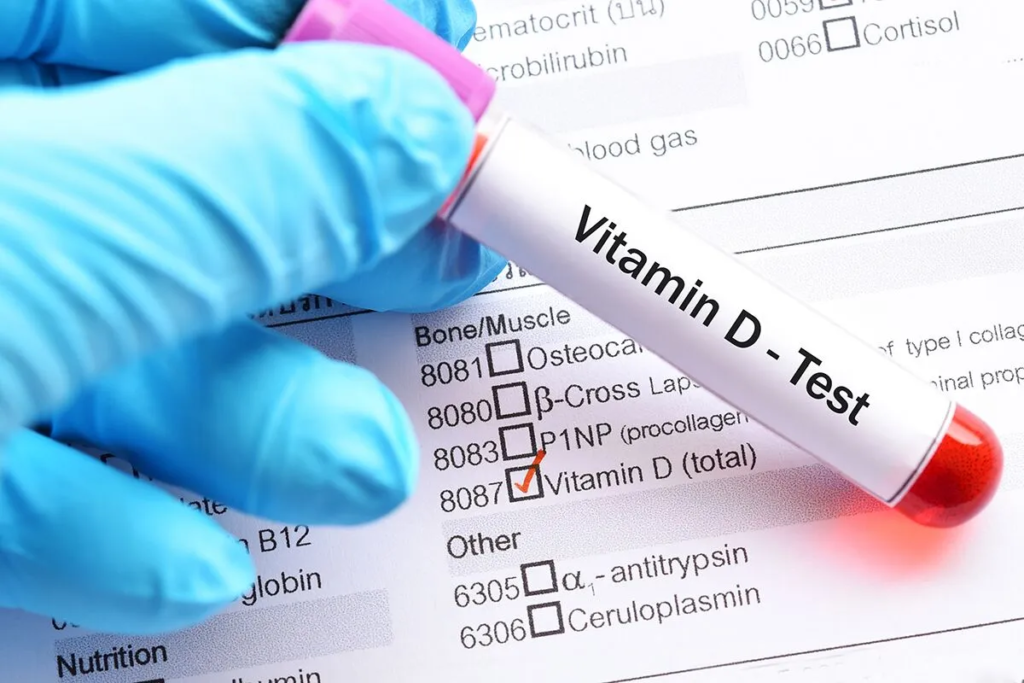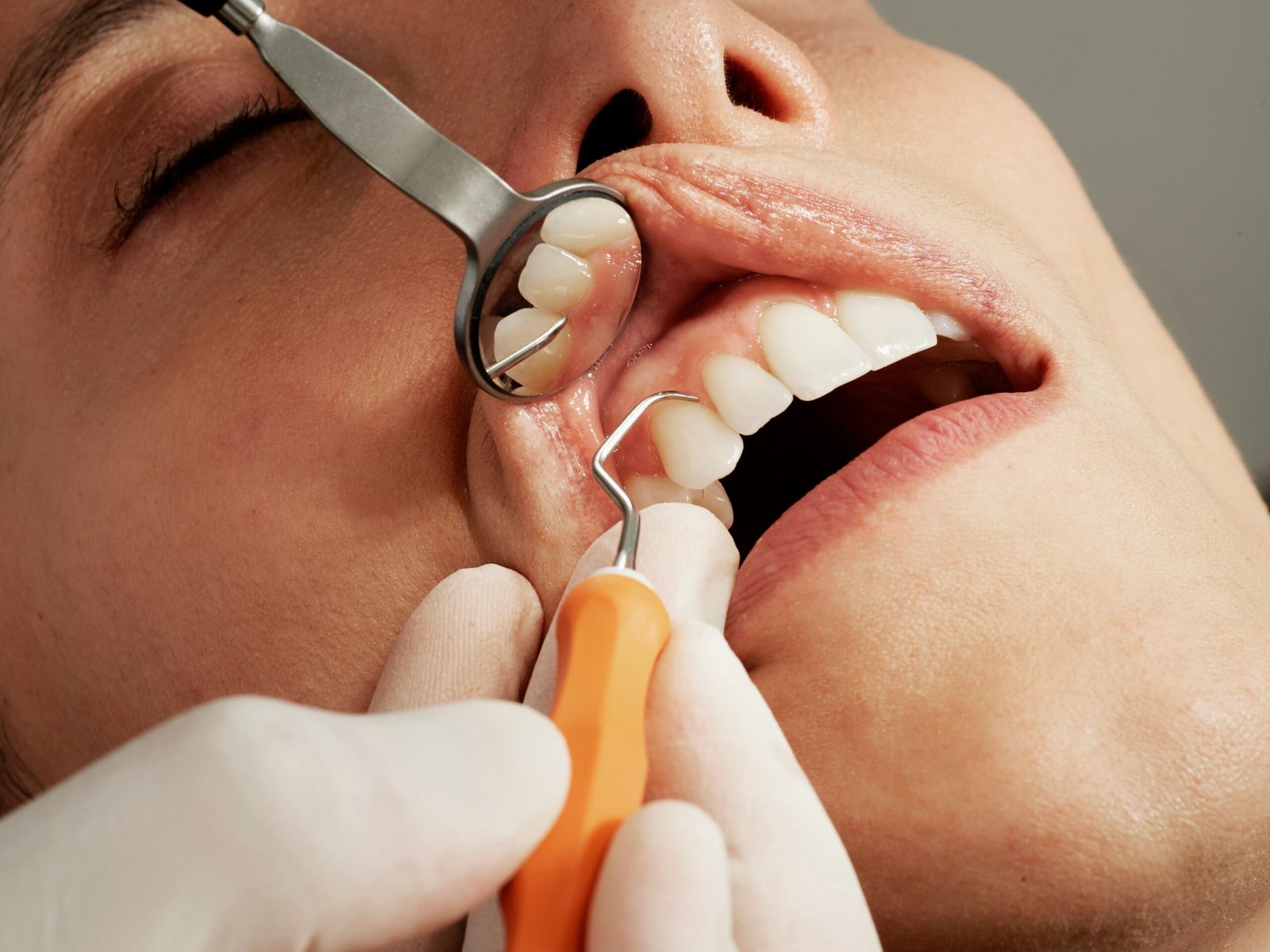
Diet alone is usually not enough to correct vitamin D deficiency, so doctors often recommend supplements. The dosage depends on factors like severity, age, weight, and pregnancy or breastfeeding status.
Supplement options include:
- Vitamin D₂ (ergocalciferol): A plant-based form, also sold as Drisdol®.
- Vitamin D₃ (cholecalciferol): An animal-derived form, preferred for its effectiveness.
- Calcidiol: A prescription form for those with absorption issues like celiac disease.
Doctors tailor treatment to restore healthy vitamin D levels effectively.
When vitamin D levels are low and the body isn’t able to properly absorb calcium and phosphorus, there is an increased risk of bone pain, bone fractures, muscle pain, and muscle weakness. In older adults, severe vitamin D deficiency (levels less than 10 ng/mL) may also contribute to an increased risk of falls..
What causes vitamin D deficiency?
People who don’t have adequate levels of vitamin D may be deficient for any of these reasons:
Not enough exposure to sunlight
Darker skin pigment
Malnutrition
Kidney or liver failure, which prevents the body from adequately processing vitamin D
Certain medications
Certain types of cancer, such as lymphoma
A family history of vitamin D deficiency or childhood rickets
“It is important to note that ‘normal’ vitamin D levels have largely been determined in Caucasian populations. African Americans tend to have lower levels of vitamin D. Much of vitamin D in the blood is bound to carrier proteins, but emerging evidence indicates that when the “free,” unbound fraction of vitamin D is measured, it tends to be lower as well,” say Drs. Insogna and Carpenter. “Therefore, defining vitamin D deficiency in this population requires a consideration of other factors, such as the levels of parathyroid hormone in the blood and the levels of calcium in blood and urine.”.
There has been debate recently about how much vitamin D people need to stay healthy—and how to tell whether we get enough of it—and, in truth, it’s complicated. But one thing experts agree on is that vitamin D is vital to our health. Without exposure to natural sunlight or eating foods rich in vitamin D, we may not maintain adequate amounts of the vitamin. That’s a problem because vitamin D deficiency can be harmful to bones and muscles.
Vitamin D deficiency affects people across the lifespan. Breastfed babies don’t get enough vitamin D from breast milk, so they need to take supplements. As people age, it’s harder for their skin to produce adequate amounts of vitamin D, which may lead to deficiency.
The actual prevalence of vitamin D deficiency depends on what is defined as a level of vitamin D in the blood that is considered sufficient to maintain musculoskeletal health. The Institute of Medicine has concluded that a level between 20-50 ng/mL of 25-hydroxyvitamin D will allow for this. This range of values is consistent with the prevailing view in Europe. However, there are professional societies in the United States that feel that a level of at least 30 ng/ml is required for optimal skeletal health.
What is vitamin D deficiency?
Vitamin D deficiency is the state of having inadequate amounts of vitamin D in your body, which may cause health problems like brittle bones and muscle weakness. There may be no symptoms and doctors don’t routinely check vitamin D levels, so many people are deficient and don’t realize it.
Vitamin D helps the body absorb calcium and phosphorus, which are important to bone health. When a person is very vitamin D deficient, they cannot absorb dietary calcium well; having adequate levels is important to absorb enough calcium from your diet. Healthy vitamin D levels also help to improve phosphorus absorption from your diet.
People typically get enough vitamin D from sun exposure: When sunlight hits the skin, the skin converts that ultraviolet radiation to vitamin D. People also get vitamin D from certain foods—including fish, egg yolks, and fortified milk and cereal—or dietary supplements.
You Can Read Our other Blog












Leave a Reply